A Throat Emblazoned With A Myriad Of Purple Stars Is Offset, And Further Enhanced, By An Iridescent Pale Blue Crown!
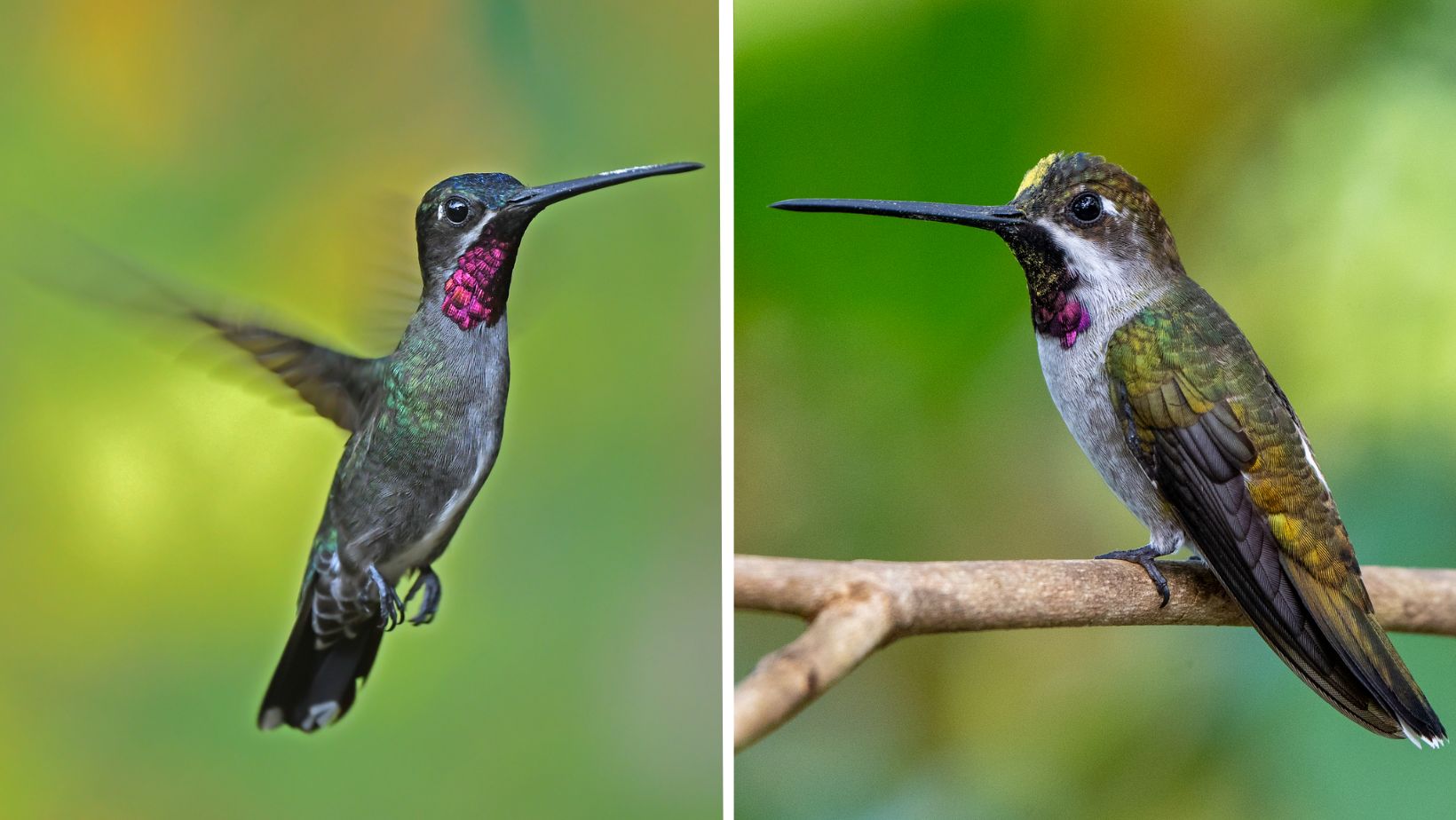
A bird characterized by its size and vibrant plumage, making it a striking sight when spotted.
Meet the long-billed starthroat:
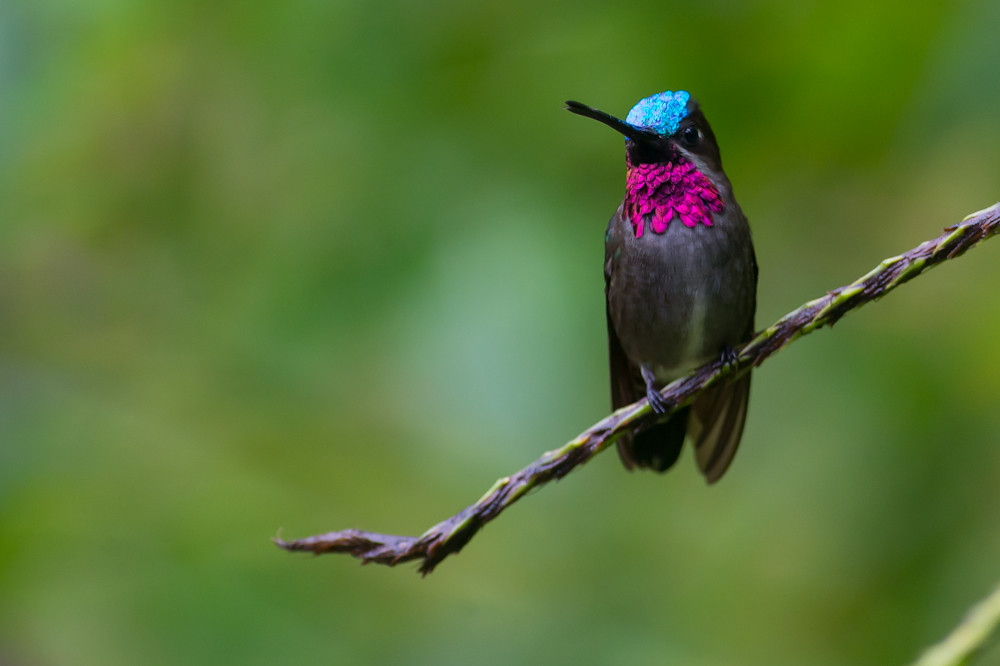
Description: The long-billed starthroat (Heliomaster longirostris), scientifically known as Heliomaster longirostris, is a hummingbird species that measures about 11 to 12 cm in length, both male and female long-billed starthroats have elongated, almost straight black bills with a small white spot behind the eye. Males typically display a glittering blue to greenish blue crown.
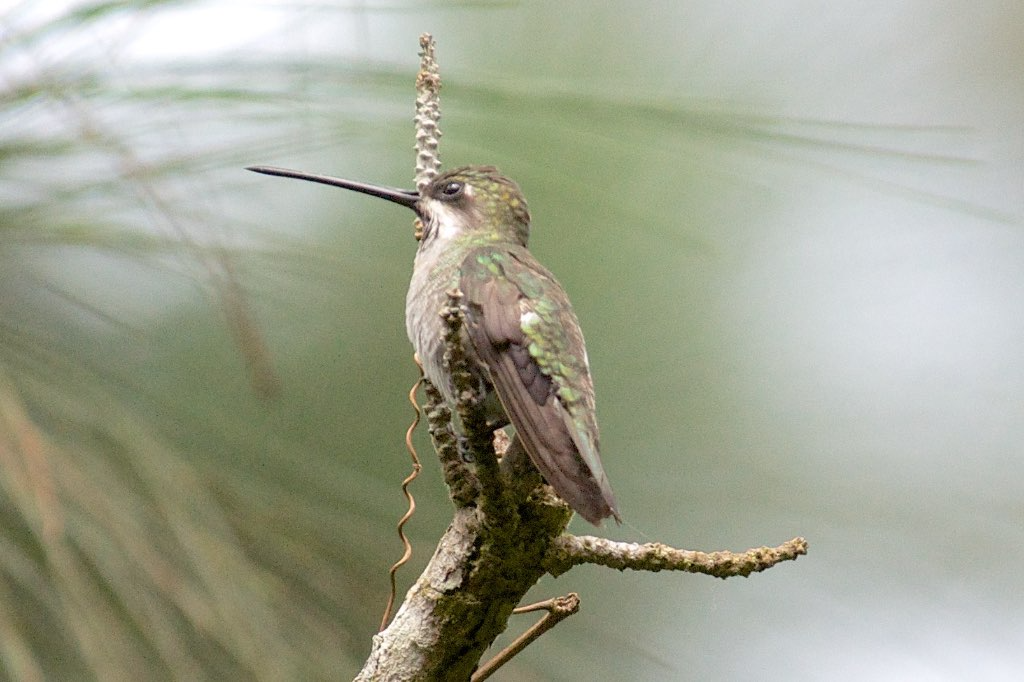
Females have a more subdued appearance with olive-green upperparts.
Related reading:
Young birds of both sexes exhibit a dusky blackish gorget, occasionally displaying a purple gloss. Their crown lacks the blue hue seen in adults.
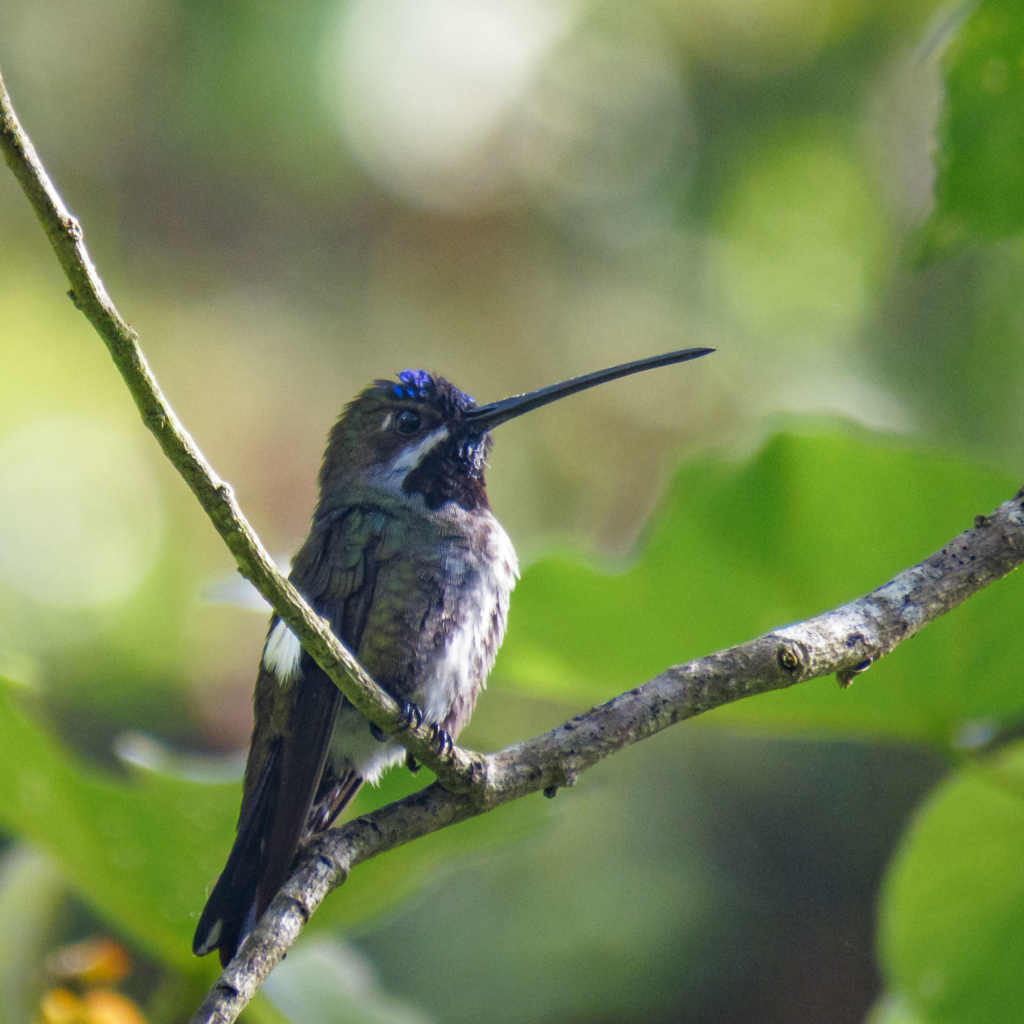
Distribution: This small passerine bird is found across a wide range, from Mexico and Central America to Trinidad and parts of South America, excluding the southernmost countries.
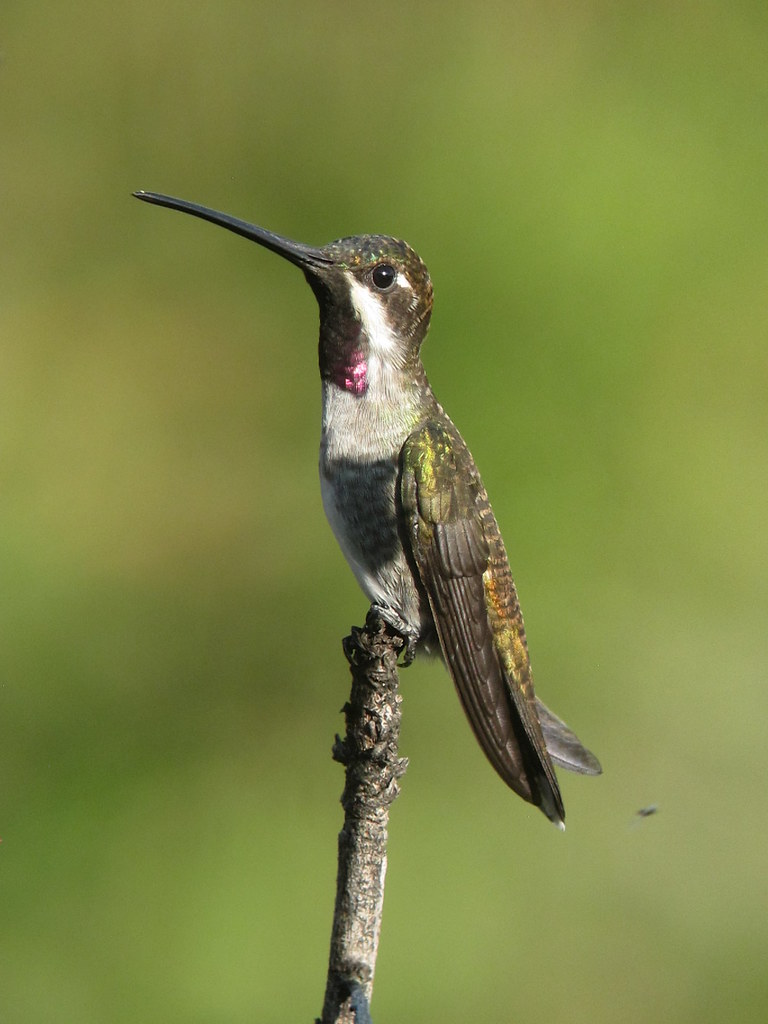
Habitat: This species occupies a variety of humid semi-open landscapes, including woodland edges, pastures with trees, and gallery forests. It avoids dense forest interiors and prefers lowlands and foothills up to an elevation of about 1,500 m.
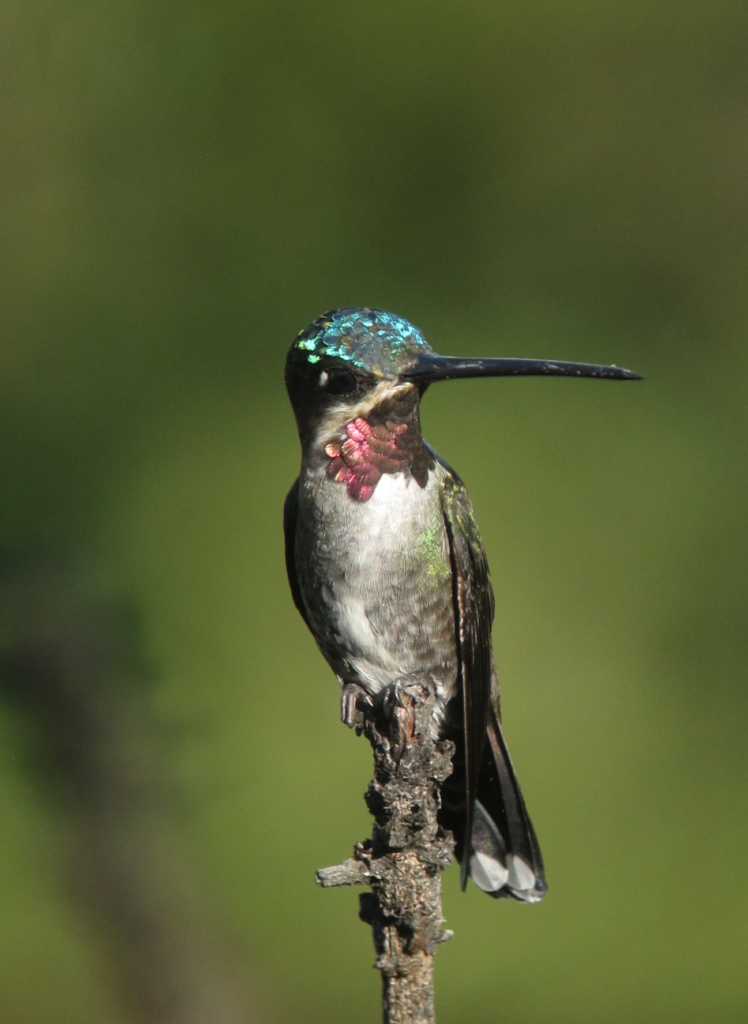
Diet: Feeding primarily on nectar from various flowering plants, the long-billed starthroat also supplements its diet with small insects. Its breeding season extends from the late wet season to the early dry season, with the nest typically placed between 4.5 and 12 m above the ground.

Breeding: In the northern parts of its range, the long-billed starthroat breeds from the late wet season into the early dry season, typically from October/November to February/March in Mexico and Central America. In Central America, two broods per season have been observed. In northern Colombia, nesting occurs at least in September/October and March. The exact timing of breeding in the rest of the species’ range is unknown. The nest, a shallow cup made of plant down, moss, and liveworts cemented with spider silk and covered with lichen, is typically situated between 4.5 and 12 meters (15 and 39 feet) above the ground. It can be found in a shrub, on an exposed branch, or even on a telephone wire. The female incubates the two white eggs for 18 to 19 days, with fledging occurring 25 to 26 days after hatch.

Status: Despite being uncommon in most areas, the species is adaptable to some level of disturbance and is found in several protected areas.
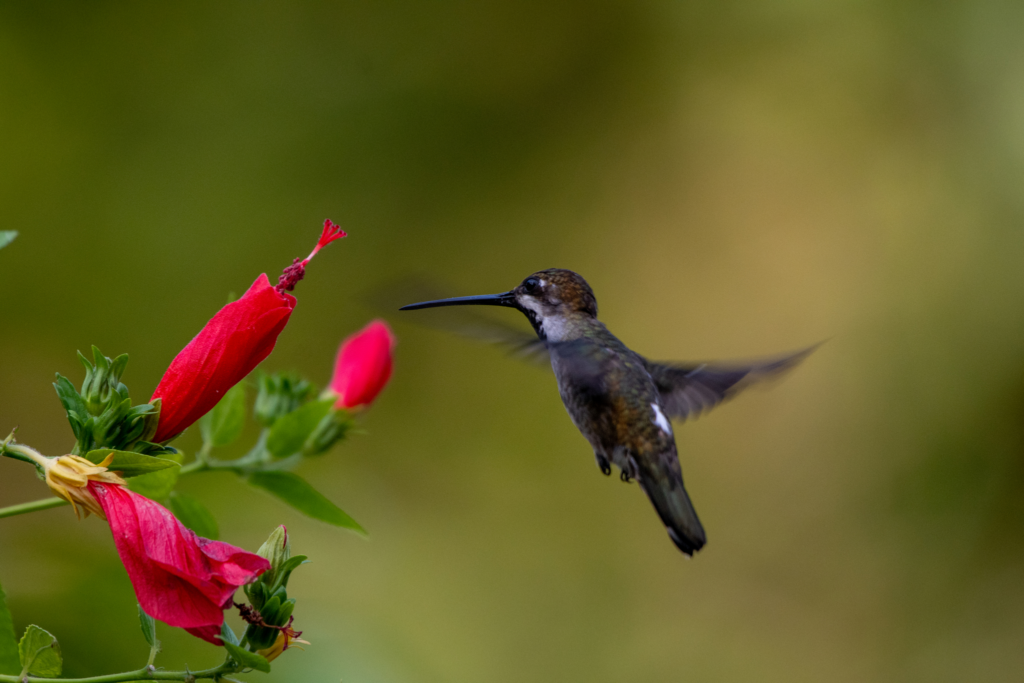
While its population is believed to be declining, immediate threats have not been identified.

Watch this bird in the video below:
This article uses material from Wikipedia.org which is licensed under the GNU Free Documentation License via Copyright Wikipedia. Images on this page are the sole property of the photographers (unless marked as Public Domain). Please read the license and or contact the photographers directly before using them for any purpose. Thank you all.
His Stunning Fluorescent Cap Perfectly Compliments His Equally Stunningly Dynamic Dance Moves!
Please SHARE this article with all your bird-loving friends and family.






